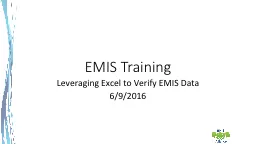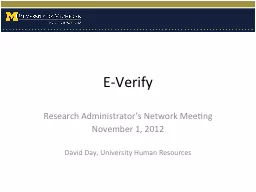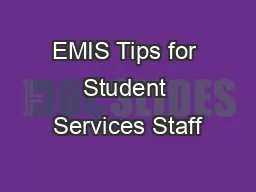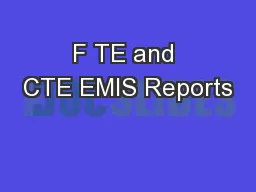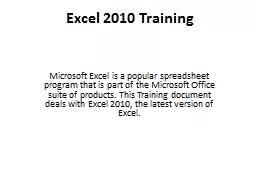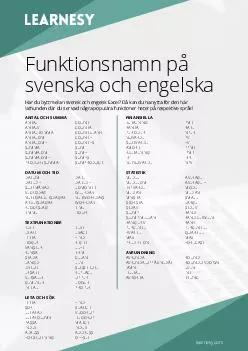PPT-EMIS Training Leveraging Excel to Verify EMIS Data
Author : liane-varnes | Published Date : 2019-06-21
692016 Overview Outline Starting with the basics Adding Columns Summing Attendance Using Conditional Formatting Pivotal Pivot Tables Combining files with VLookup
Presentation Embed Code
Download Presentation
Download Presentation The PPT/PDF document "EMIS Training Leveraging Excel to Verify..." is the property of its rightful owner. Permission is granted to download and print the materials on this website for personal, non-commercial use only, and to display it on your personal computer provided you do not modify the materials and that you retain all copyright notices contained in the materials. By downloading content from our website, you accept the terms of this agreement.
EMIS Training Leveraging Excel to Verify EMIS Data: Transcript
Download Rules Of Document
"EMIS Training Leveraging Excel to Verify EMIS Data"The content belongs to its owner. You may download and print it for personal use, without modification, and keep all copyright notices. By downloading, you agree to these terms.
Related Documents

